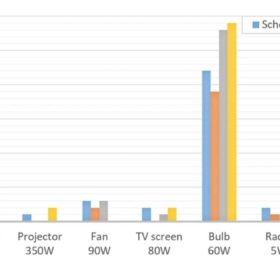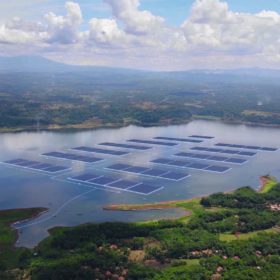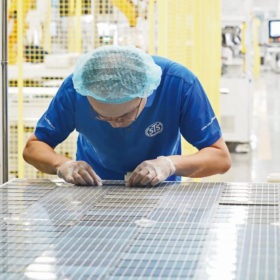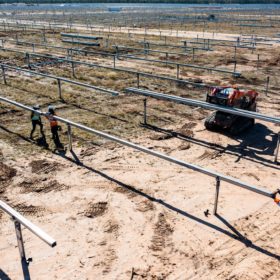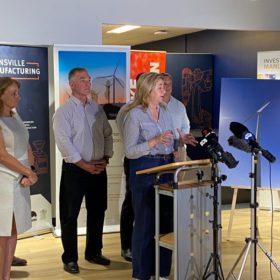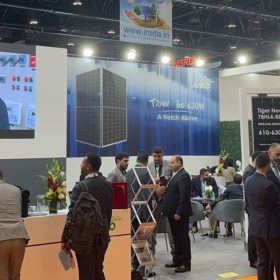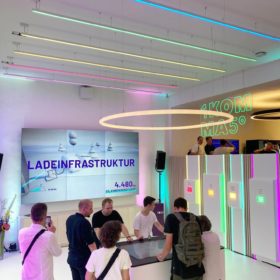Second-life batteries might beat new ones on solar LCOE in remote locations
UK scientists have discovered that second-life batteries could provide a lower levelised cost of electricity (LCOE) than conventional batteries in school buildings equipped with PV in East African schools. They said the cheapest system configuration uses either 7.5 kW or 10 kW of solar with 20 kWh of storage.
Indonesian utility kicks off tender for 100 MW floating solar plant
PT PLN Nusantara Power has launched a tender for a floating PV project that will likely be built at a dam on the island of Java, Indonesia.
Weekend read: Shining a light on supply chains
The drivers for PV supply-chain traceability could rub against a solar industry enjoying a true seller’s market, with demand outstripping supply. However, supply-chain auditing services are gaining support in increasingly regulated environments. pv magazine’s Tristan Rayner has spoken to a number of auditing experts about how they shine a light on often-opaque operations.
4.3 GW of generation and storage makes shortlist in NSW renewables auction
Sixteen projects representing more than 4.3 GW of large-scale generation and long-duration storage have been shortlisted as part of the first of a rolling schedule of competitive tenders designed to ensure New South Wales’ successful transition from coal-fired power generation to a renewables-based energy system.
Queensland to build $75m vanadium, rare earth processing facility for burgeoning battery industries
The Queensland government will invest $75 million (USD 53 million) to expand a critical minerals demonstration facility in Townsville – a project it claims will be an Australian first. The facility, slated for operations in 2025, is part of a growing push in Australia to develop battery materials industries beyond simply mining.
Key takeaways from Abu Dhabi’s World Future Energy Summit
The World Future Energy Summit showed that Middle Eastern solar markets are still driven by utility-scale PV, although the C&I sector shows signs of growth. Saudi Arabia, Egypt and the United Arab Emirates are the most promising markets for big solar projects, with huge pipelines under development, while Lebanon and Yemen show promise due to chronic energy shortages.
Solaray Energy acquired as part of German startup’s $100 million Australian growth strategy
A German startup led by European heavyweights and backed by major institutional capital continues its aggressive acquisitions strategy in Australia, taking a majority stake in Solaray Energy – its second major APAC buy following Natural Solar. Company 1Komma5 is seeking to consolidate Australia’s residential solar sector to become the largest provider of home renewable technologies, devoting $100 million (USD 70m) to “strategically” acquire a number of businesses here within the year.
Weekend Read: Deploying a gigawatt scale mindset
pv magazine Australia’s Natalie Filatoff reports on the benefits of planning vast solar project pipelines, and the barriers faced by those who dare to dream big.
Australian lithium miners lead way in battery minerals supply chain
With global demand for new energy storage soaring and nations and companies racing to secure battery metals supply chains, a series of major investments in Australia and Australian lithium mining companies is expected to accelerate the nation’s transformation into a critical minerals powerhouse.
Longi plans new 100 GW wafer plant, 50 GW solar cell factory in China
Longi Solar said it will invest CNY 42.5 billion ($9.4 billion) in 100 GW of wafer capacity and 50 GW of solar cell capacity in Shaanxi province, China.
